Airfields
When the fuel runs low you will need an airfield with three things. A suitable runway to land on. A suitable runway for take-off - not necessarily the same thing. And the correct grade of fuel, plus a means of getting it into your aircraft!
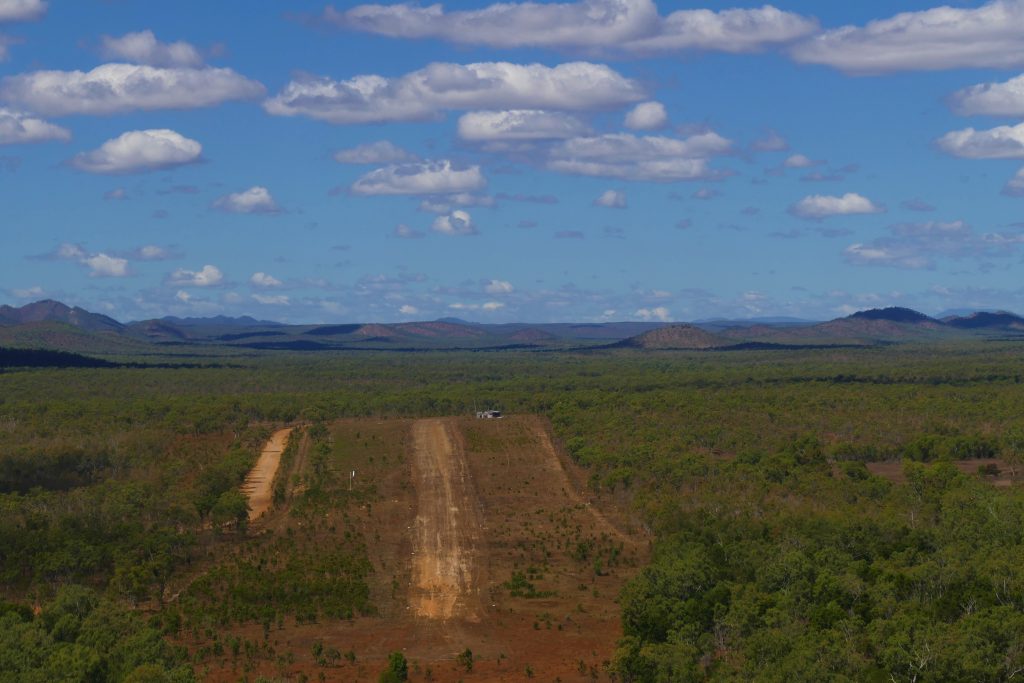
Too rough? Too short? Too much slope?
Suitable for landing means it must be long enough, the approach and overshoot must be clear, it must be flattish, smoothish and strong enough. It must have no ditch across it, the rain must not have eroded its surface, and you must be able to see all this by doing a fly-past – long grass must not be hiding these imperfections. The camber must not be too severe for your level of experience. It can play hell with directional control. Bush strips are often heavily cambered to prevent standing water.
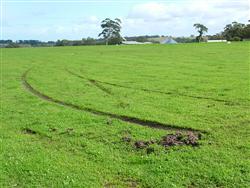
What happened to my braking? A sticky end to the landing roll on a nice wet grass strip.
If it is black earth, make sure it is not very wet, because then it’s soft and likely to get you bogged. Or slightly wet, because it sticks to your wheels and tears the spats off. Or very very dry because it develops cracks that can eat your nose-wheel. Black earth absorbs water so readily that it’s difficult to see how wet it is. Check for dust on nearby roads.
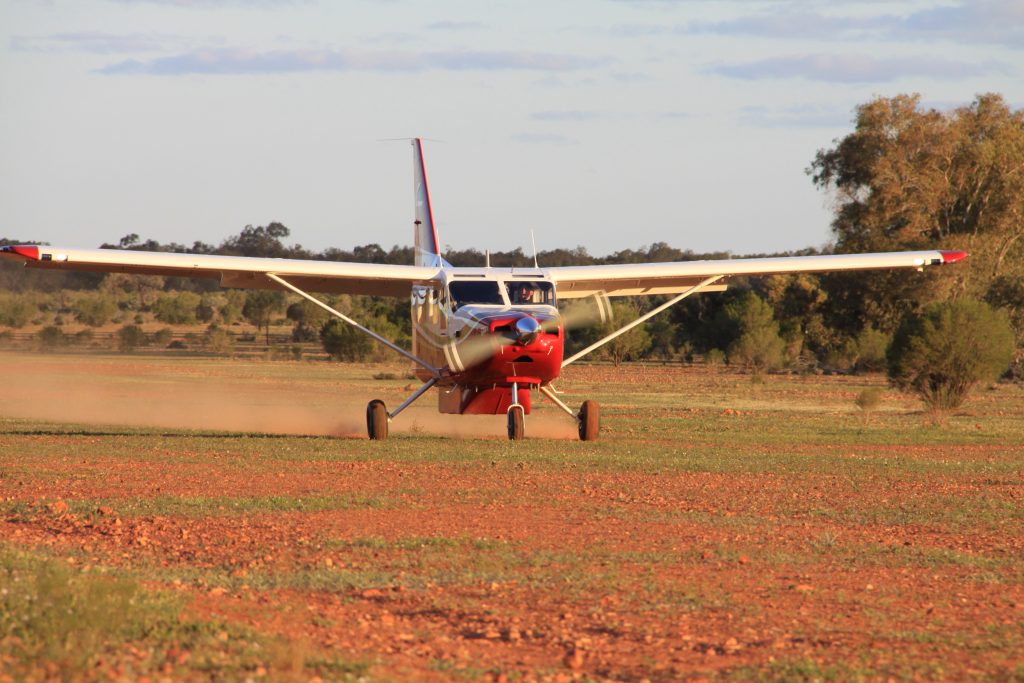 If it is red earth look out for greener patches that can hide mud or water. Claypans, which are brilliant landing areas when dry, become ice rinks when wet. Saltpans can be like after-dinner mints – hard on the outside and soft underneath - be very careful.
If it is red earth look out for greener patches that can hide mud or water. Claypans, which are brilliant landing areas when dry, become ice rinks when wet. Saltpans can be like after-dinner mints – hard on the outside and soft underneath - be very careful.
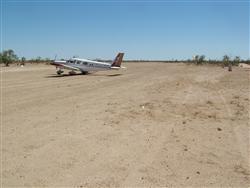
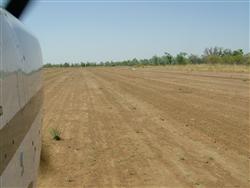
Didn’t know you were allowed to land on pans? Actually you can land pretty well anywhere that conforms to two requirements.
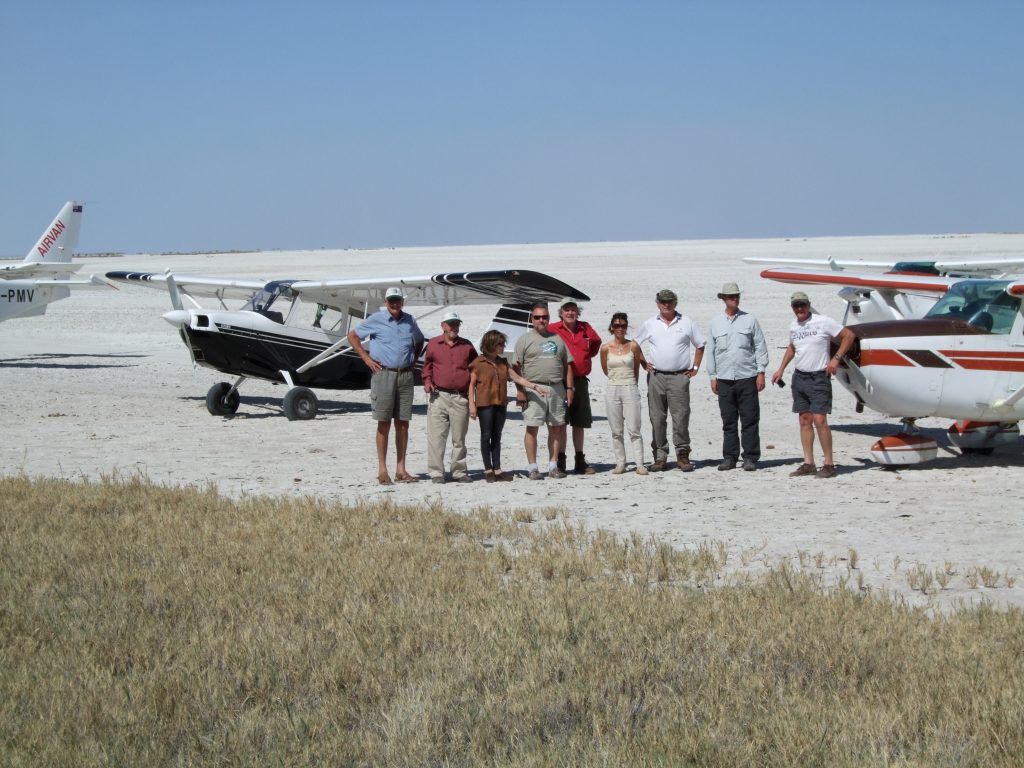
Landing on a saltpan takes some prep to pull it off successfully. This mob in Africa are used to it!
First, you must have permission from the owner or caretaker of the ground, and second, you must establish that it’s safe for landing and take-off. You can do this from the air. Obviously if anything goes wrong you failed to comply with the second requirement and therefore contravened the law. Also check that the aircraft insurance covers unlicensed fields.

The remote bush strip of Faraway Bay on the northern Kimberley coast.
The narrowness of bush strips often makes them look longer than they are. If in doubt fly over it at 100kts into wind, and time it (about 50m per sec). Ten seconds will give you the equivalent of 500m - it will only be an actual 500m if there is no wind. Be sure you understand the implications. Doing it into wind, the runway will be shorter than you measure, but it should be OK for landing because of the headwind. However you may find yourself wanting to take off on it tomorrow with no wind - and full tanks.
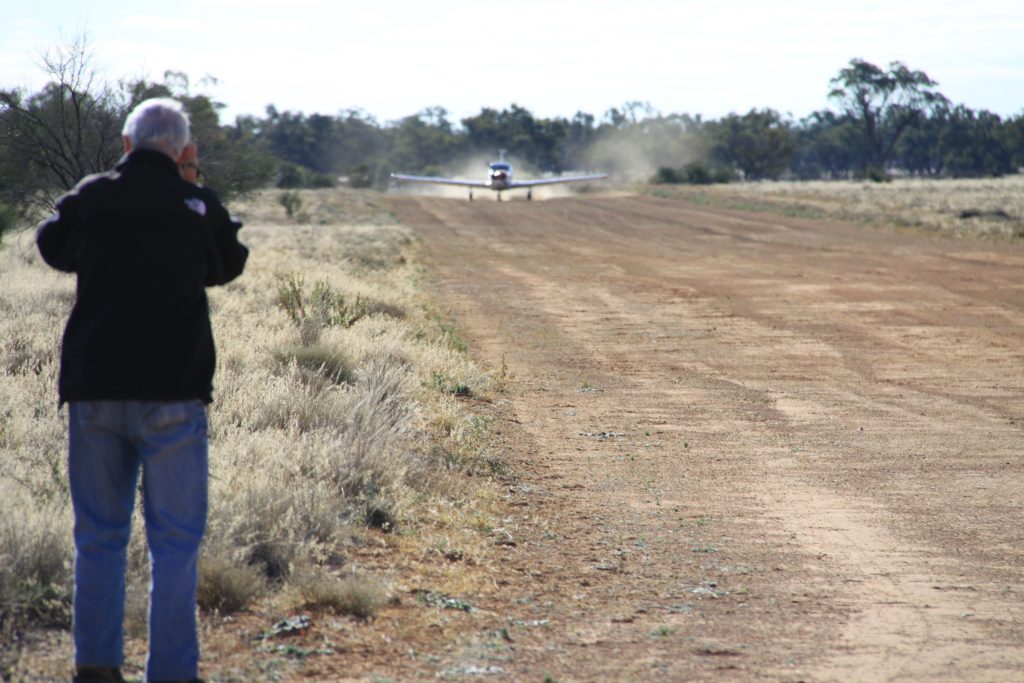 Bush strips are sometimes built for the owner’s STOL aircraft and are not designed for city-based road-runners. They may have only one direction because of wires or other obstructions. They are often near the homestead – and a radio mast.
Bush strips are sometimes built for the owner’s STOL aircraft and are not designed for city-based road-runners. They may have only one direction because of wires or other obstructions. They are often near the homestead – and a radio mast.
They tend to harbour bits of barbed-wire, animal-holes, and soft or slippery patches. Windsocks blow away. Windmills don’t always point into wind - some are rusted and some have the tail pulled round. There are seldom tie-downs - take your own. Some strips double as roads and may be corrugated or have traffic.
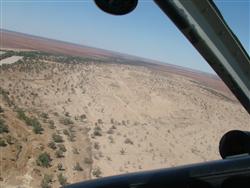
Natural surface outback airstrips are often hiding right in front of you
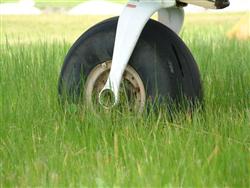
Beware the hazards of long grass
A grass surface can hide obstructions, and cause miserable braking when wet or frosty. Long grass can double the length of your take-off run. Also the seeds can block your air intakes as well as pitot, static and breather vents. If the grass is long and dry you can set fire to it with your exhaust.
In soft sand let plenty of air out of your tyres for taxiing and take-off - it makes an unbelievable difference.
Talking of sand - never ever, fly low over sand or dunes – their height is unbelievably deceptive and you can smack one before you know what’s hit you.
If in doubt, walk the area before using it - there is nothing more stupid than landing successfully, and then taxiing into a hole and bending the prop.
As well as carrying the current ERSA, buy AOPA’s National Airfield Directory and its fantastic companion handbook, the Pilots Touring Guide. Between them, they cover bush strips and unlicensed fields that may be lifesavers.
Country people like to be visited. When you phone to ask about their strip, they have a vested interest and will tell you it’s fine. Don’t believe them. Ask penetrating questions about the length, the surface, the approaches, the wetness and all the other good things – like when was the last time someone landed there and what sort of aircraft?
Now I will just touch on the what ifs of weather – to do it justice it needs a whole article of its own.
Weather
I once phoned a country police station to ask about the weather. “It’s fine - couldn’t be better” the cop said. When I asked if he could see any clouds he replied, “Yes everywhere. We haven’t had rain like this for years.”
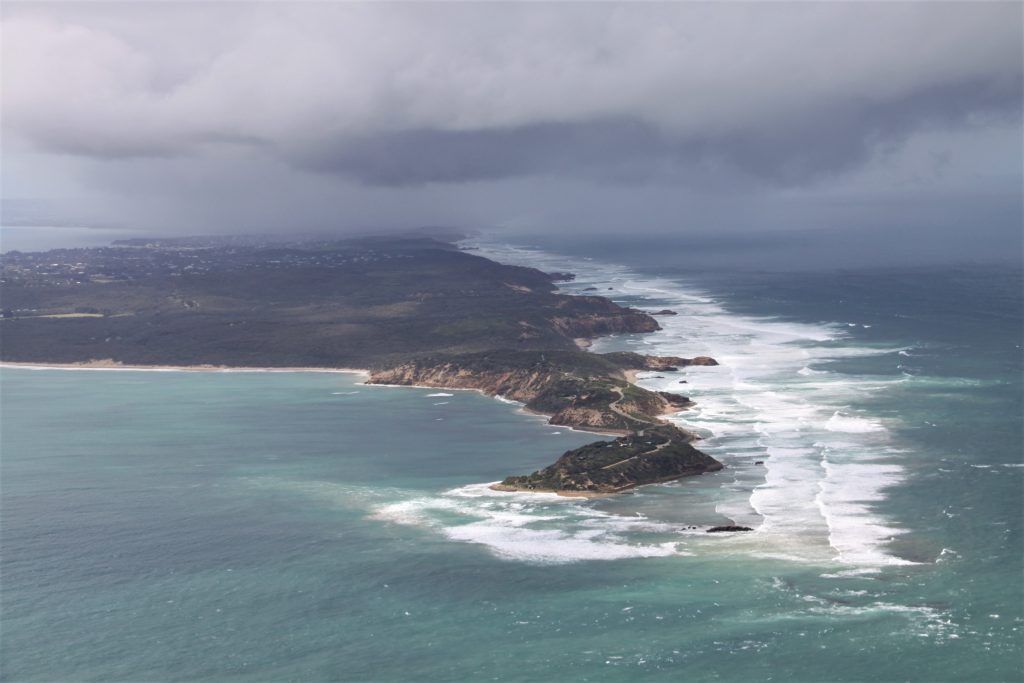
Maybe pour yourself a coffee and stay on the ground today!
Beware dust storms that lurk in the vacinity of thunderstorms and are seldom forecast. Fortunately they move quickly. It’s often best to come back to your endurance power-setting and hang around. Another reason for carrying plenty of fuel.
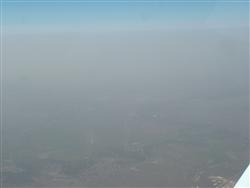
Dust as far as the eye can see. Queensland dust storm, September 2008
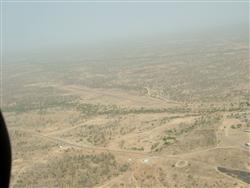
Airstrip visible through the dust, but it obliterates the horizon
In summer beware of whirlwinds and dust-devils or cockeyed-bobs. They are hard to spot if the ground is damp.
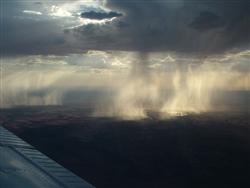 In winter poor viz and low-level wind-shear are particular hazards. When Steve Fossett landed his balloon in after his round the world trip, he had 20 knots at 100 ft and calm on the ground! That must have been interesting.
In winter poor viz and low-level wind-shear are particular hazards. When Steve Fossett landed his balloon in after his round the world trip, he had 20 knots at 100 ft and calm on the ground! That must have been interesting.
Next, let's talk about Navigation.


